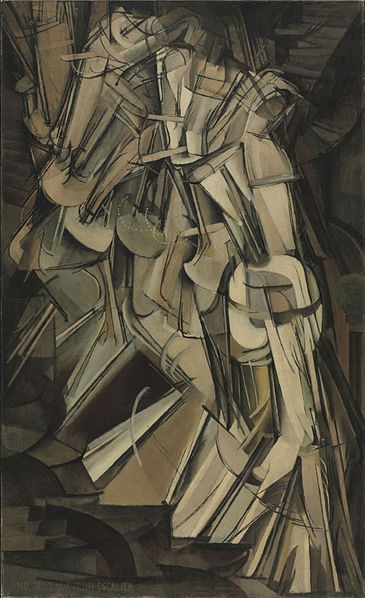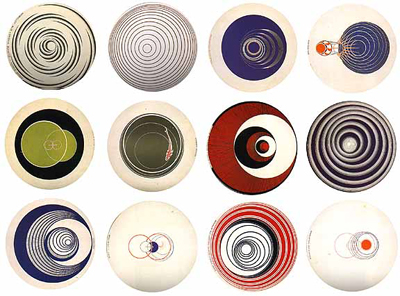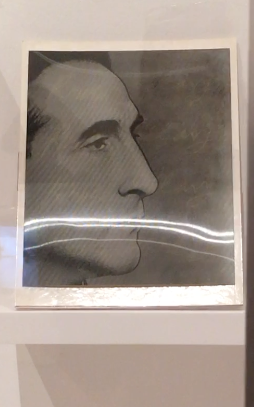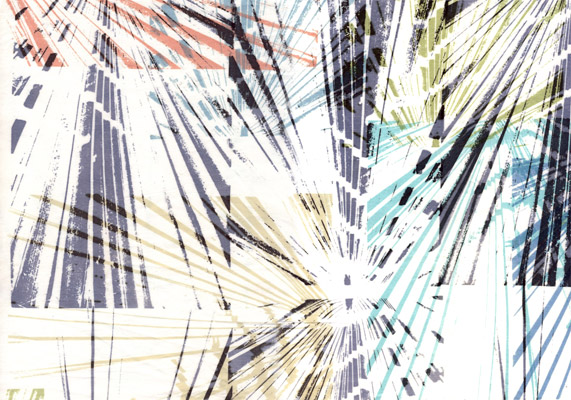


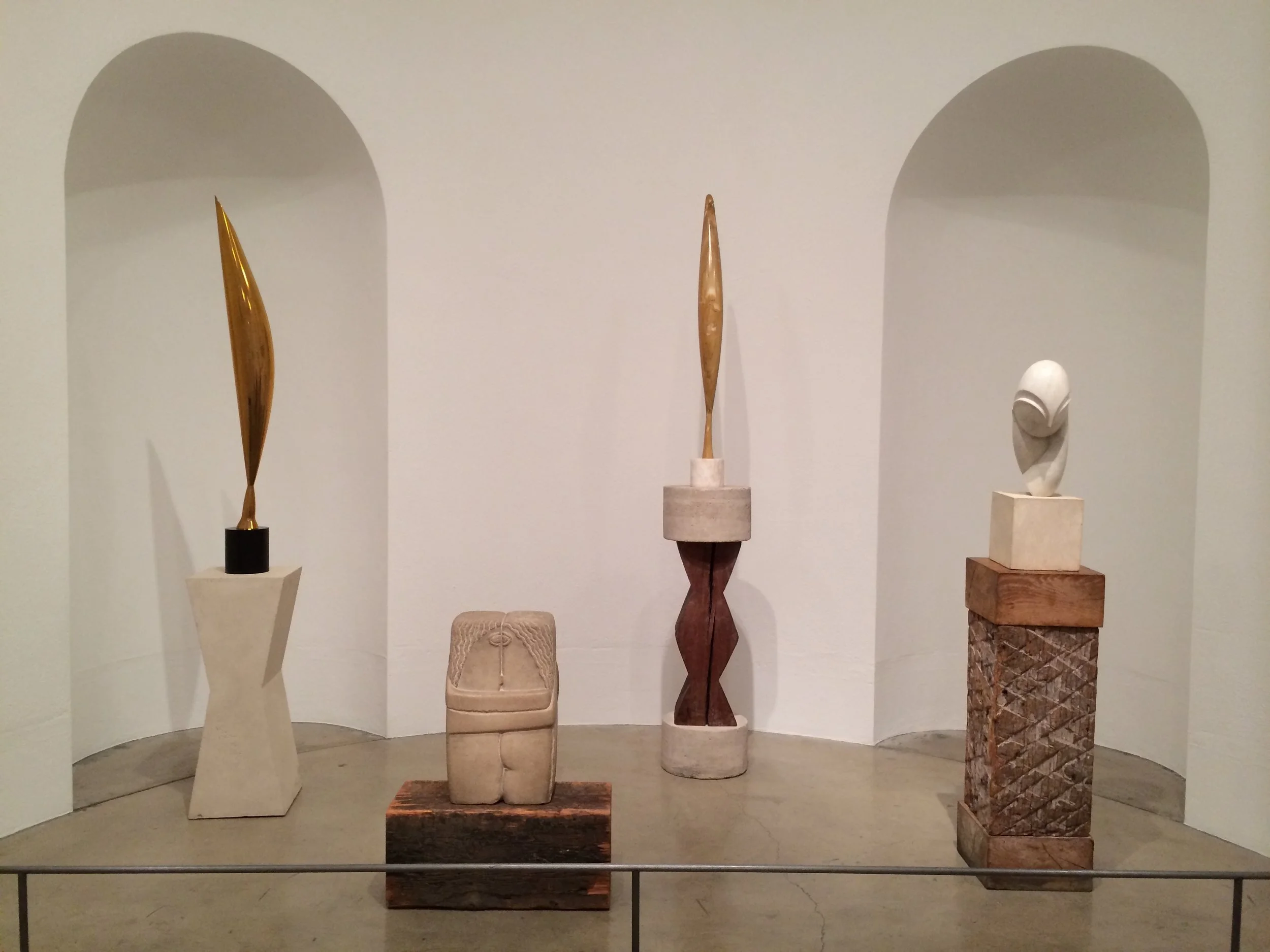

MAKING OUR HOME A REFLECTION OF OURSELVES
MAKING OUR HOME A REFLECTION OF OURSELVES
Somebody asked me the other day what I do about pictures,” he says. “I’m not an authority. I’ll hang up something decorative. But I don’t collect art for my clients.’ Nor will he rummage around for tchotchkes. ‘I hate accessorizing. If people don’t have them, then the tables should be bare.
~ Albert Hadley renowned interior designer of the 20th century
Interior by Eileen Le Guillou & Jody Harrow
MAKING OUR HOME A REFLECTION OF OURSELVES
MAKING OUR HOME A REFLECTION OF OURSELVES
Somebody asked me the other day what I do about pictures,” he says. “I’m not an authority. I’ll hang up something decorative. But I don’t collect art for my clients.’ Nor will he rummage around for tchotchkes. ‘I hate accessorizing. If people don’t have them, then the tables should be bare.
~ Albert Hadley renowned interior designer of the 20th century
Interior by Eileen Le Guillou & Jody Harrow
This statement echoes my core belief that a home should foremost be a reflection of who we are. Albert Hadley, the designer, is saying if people don’t have an affinity for art or objects, neither does he and so there is no point in having them around. Our home is the place we inhabit for the better part of our lives – once the hired designer does their job and then leaves. If there’s no pull for placing art and objects in an environment but we stick it in, then it’ll look stuck in, contrived. How many designers today would admit this? Interior designers often pile ‘stuff’ on because they work on a commission. They play a numbers game: the more they accessorize the more money they rake in. Albert Hadley’s comment shows great restraint, humility and honesty. It seems born of a different era.
rest points
rest points in eternity
rest points
rest points in eternity
I first studied art and then I acquired a design background. I'm sure growing up with mid-century furniture subliminally exposed me to great design. Inside our Herman Miller cabinet was where I went to play hide and seek. Not only was my mother’s eye spot on but NYC offered me exposure from an early age to art and museums. My parents were so proud when they could introduce us to the jewel of the newly built Seagrams building - the Four Season's Restaurant.
Robert Persutti for NYTimes
Picasso's Mural - 4 Season's Restaurant
One of the great benefits of having art and objects in our environment is that they lift our eyes up and around to different spots in the room. They add a dynamic presence that can effortlessly be integrated into any space.
The amount of space we live within is paramount to how we fill it. In the confines of a small space, we might think we want to keep walls unadorned and table tops sparse. Whereas we assume a larger space can carry the weight of more objects. In reality the opposite is true. If we put more into a smaller space, it actually feels larger. This is because the makeup of a room is filled with a variety of rest points and movement. Think of a cavernous empty room verses different “cozy” seating areas filled with segregated ambiance. A previous post on Scale deals with Rhythm Harmony and Eye Circulation and goes into greater detail on how this works.
finding what we like
where?
EVERYWHERE around us – developing our eye as we go…
~The question begs to be asked how do we gain an appreciation and sensitivity to art and collecting? It starts with educating ourselves and becoming familiar with what we like. We can develop a knowing eye by visiting a local art museum, gallery, taking in art on the street or simply the layout of the street. Visiting a local auction house, take courses at a local college or university expands our horizons. Not inclined to take classes? Then how about buying a book or goggling pieces you see around you? All these and many more can be a route to self-education. Slowly we become our own best expert. Step by step, a spark of recognition and appreciation for our environment grows.
Auction houses - a fun way to spend an afternoon participating or simply observing.
~From estate sales to flea markets: these are great venues to see great painting, posters and objects. And if you like something go-ahead and bid - knowing you’re buying it at an affordable price. Auction house pieces are beautiful and well priced for a variety of budgets and resale by the professional. Even though the name on the piece might not be well know, that doesn’t mean it’s not just as good as a famous person’s. It just means they might not have been in the right place at the right time and therefore never got their name known.
Here's a link to one of my favorite Auction Houses - Clarke Auction Gallery:
Upcoming Auction for a Louise Nevelson Aquatint and Collage
“the eye has to travel.”
Diana Vreeland
mix it up/cold war/barometer/ rothko
miX IT uP
mix it up/cold war/barometer/ rothko
miX IT uP
Post high school I studied weaving, then fine arts and spent many years working in art studios for others and myself. Along the way I developed my own work while I spent endless hours visiting art galleries, museums and going to concerts. Maybe that’s why it’s become relatively easy for me to look at something and know if (and why) I like it – or don’t. Amassing this catalogue of knowledge for contemporary art (the past 100 years) I offer the fruits of that knowledge – my taste, my take.
When I was young, in my naiveté I did not believe we were products of our environment. I thought that I could easily transcend the restraints of where I grew up and who I grew up with. Boy, was I ever wrong! In retrospect, this attitude seems a lofty ideal of youth, a breaking away from the nest. My love of studying history is what may have helped me realize we are who we are – nature and nurture combined. To this day I love co-habiting with art and found objects I’ve collected or been gifted - my chachkas.
MARK ROTHKO
Artists are the barometers of a nation, a notion – from a seed of thought their way blossoms into a way of seeing. Each deeply affected by his/her place and time. And each subsequent artist who joins these ranks is building upon the work of their predecessors.
In some instances the artist was trying to come to terms with being a part of or a cause of war or contributing to another’s war-torn environment. Facinatingly, some of our own mid century art movements were aided by covert CIA actions. For instance, they clandestinely funded the budding Abstract Expressionist movement in the mid 20th C. It was the government’s way to bolster themselves against enemy #1: the USSR during the Cold War Era. Ironically this was when Stalin forbade the creativity of his non-representational artists for the sake of bringing back realism.
Many of our artists in the height of the McCarthy era and the Vietnam War were the very resistors of our government intervention. Therefore, to deceive who was funding this mission, false shell companies were created to divert our taxpayer money and private wealth.
The Cold War ended and the USSR disbanded with another covert mission: to fund and bring into power the Islamic Extremists, the Taliban, in an effort to bring down the Soviet Union during their invasion of Afghanistan. It worked in the short term but war after war has backfired – as all “short term” not well thought out covert actions to control outcomes seem to.
But I’ve wandered…
My abbreviated list of groundbreaking artists from the last century include Brancusi, Duchamp, Matisse, Picasso, Joseph Beuys, Cage, Scwitters, Joseph Cornell, Lenore Tawney and Warhol. And the list goes on and on. Even though we might not like or agree with their work they made an impact on the world around us by the way they saw it. Each of the following artists was a groundbreaker for his/her time and place. In this context they had the gift to persevere and to make their vision a reality.
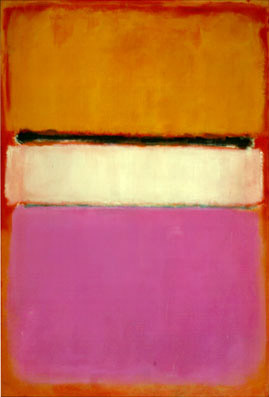
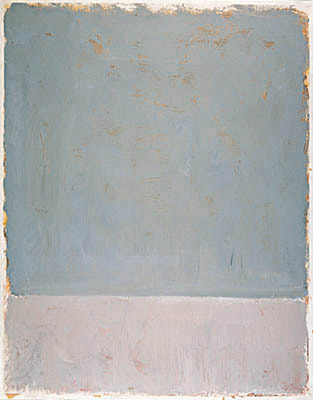
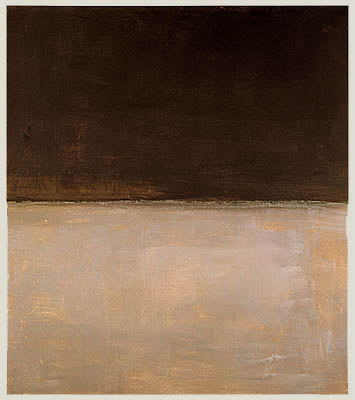
My uncle was instrumental in a lawsuit representing Rothko’s daughter and son fighting the thieves that tried to keep his prices low and keep him in an agitated state that eventually led to his suicide. The case went on for over a decade. My Uncle once told me his own life felt threatened and if they could have gotten away with it, these art dealers would have done away with him as well. Now Rothko’s art prices are through the roof expensive – each painting selling in the hundreds of millions of dollars (thank you CIA!). And yes, my uncle was promised if he won the case he would be given a painting. Unfortunately this never materialized.

Duchamp
Marcel Duchamp
Father of the Dada movement.
Duchamp
Marcel Duchamp
Father of the Dada movement.
duchamp
He was a lover of chess - the game. He revolutionized the NY art scene and created a scandal when his Nude Descending the Stairs was brought to the famous ARMORY SHOW 1913. A year earlier his own brother, on the committee of the Paris Salon show, had rejected the piece stating that a nude reclines, it never descends (sibling rivalry at play or simply the way the French do business?) This infamous, scandalous piece of its time now resides in the Philadelphia Museum of Art.
In 1935, Marcel Duchamp published Rotoreliefs, a set of 6 double sided discs meant to be spun on a turntable at 40–60 rpm. Duchamp and Man Ray filmed early versions of the spinning discs for the short film Anémic Cinéma. A manifestation of Duchamp’s interest in optical illusions and mechanical art, the two-dimensional rotoreliefs create an illusion of depth when spun at the correct speed.
Here too Duchamp is playing with the illusion of time and space with this rotorelief series. Each piece stands alone as a work of art but in unison they join together beautifully.
Rrose Sélavy is the alter ego name Duchamp used for himself. Here is a Lenticular print by Shuzo Takeguchi in the recent MoMA Exhibit from the Collection - 1960-1969.
The Many Faces of Pacabia
THE MANY FACES OF PICABIA
The Many Faces of Pacabia
THE MANY FACES OF PICABIA
Picabia created his Transparencies series by alternately layering resinous varnish over paint layers. MoMA 2017 Pacabia exhibit
What I especially love about Picabia and Duchamp's imagery is its attempt to animate and to bring consecutive movements/moments onto a contained piece of 2D cloth. Without knowing this work of Duchamp’s or Picabia in the 80’s, I toyed with the concept of layering movement to a textile line I was designing and printing. In one piece I was recreating the movements of the contemporary Japanese dancer, Min Tanaka. More about this in Art 3 consecutive movement.

Picasso Schwitters
PICASSO's Guernica
depicting the turmoil of the Spanish Civil War.
Picasso Schwitters
PICASSO's Guernica
depicting the turmoil of the Spanish Civil War.
Guernica shows Picasso's disenchantment with the Spanish Civil War (he was Spanish by birth) and the effects it had on the town and psyches that were torn apart by the war. In my youth, this painting left a strong impression on me when MoMA was showing it and the then guardian of it.
When he bequeathed the painting to MoMA, Picasso requested for them to gift the painting to Spain after the death of the dictator Franco. Franco died in 1981 and the painting now resides in Spain.
Kurt Schwitters was a collage genius. But his genius did not stop there. He was the first to use found objects in his collage.
"…there is scarcely an artist working with materials other than paint who does not refer to Schwitters in some way. In his bold and wide-ranging experiments he can be seen as the grandfather of Pop Art, Happenings, Concept Art, Fluxus, multimedia art and post-modernism." Gwendolyn Webster
MoMA

From Brancusi To Beuys, Warhol, Avadon
From Brancusi To Beuys
From Brancusi To Beuys, Warhol, Avadon
From Brancusi To Beuys
Although Brancusi's way of executing his sculptures was traditional, his imagery was radical. On the heels of his artwork came the blurring of the lines of traditional art making. This crossover and softening of these boundaries continue evolving. Sculpture can be just as much about assemblage and the use of non-traditional materials than carving a piece of stone or wood. Assemblage can incorporate found materials and collage.
Photography has probably been the greatest cause for bringing appropriated images to the canvas. A greater understanding of other less Westernized cultures and an acceptance of woman artists has probably done more to softened the definitive demarcations of art, craft and design. The 20th century must have seemed like heady times for the exchange of this nuanced activity in imagery.
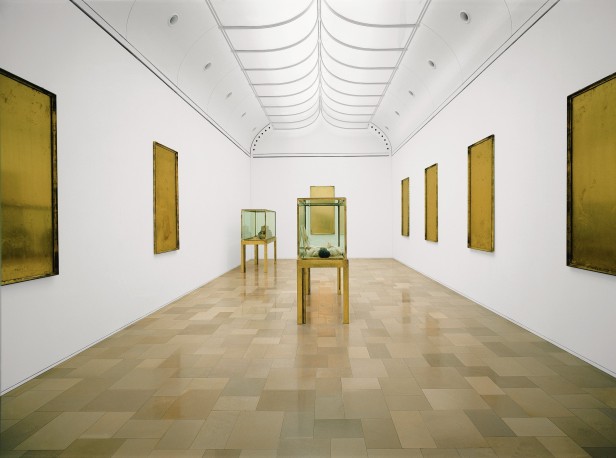
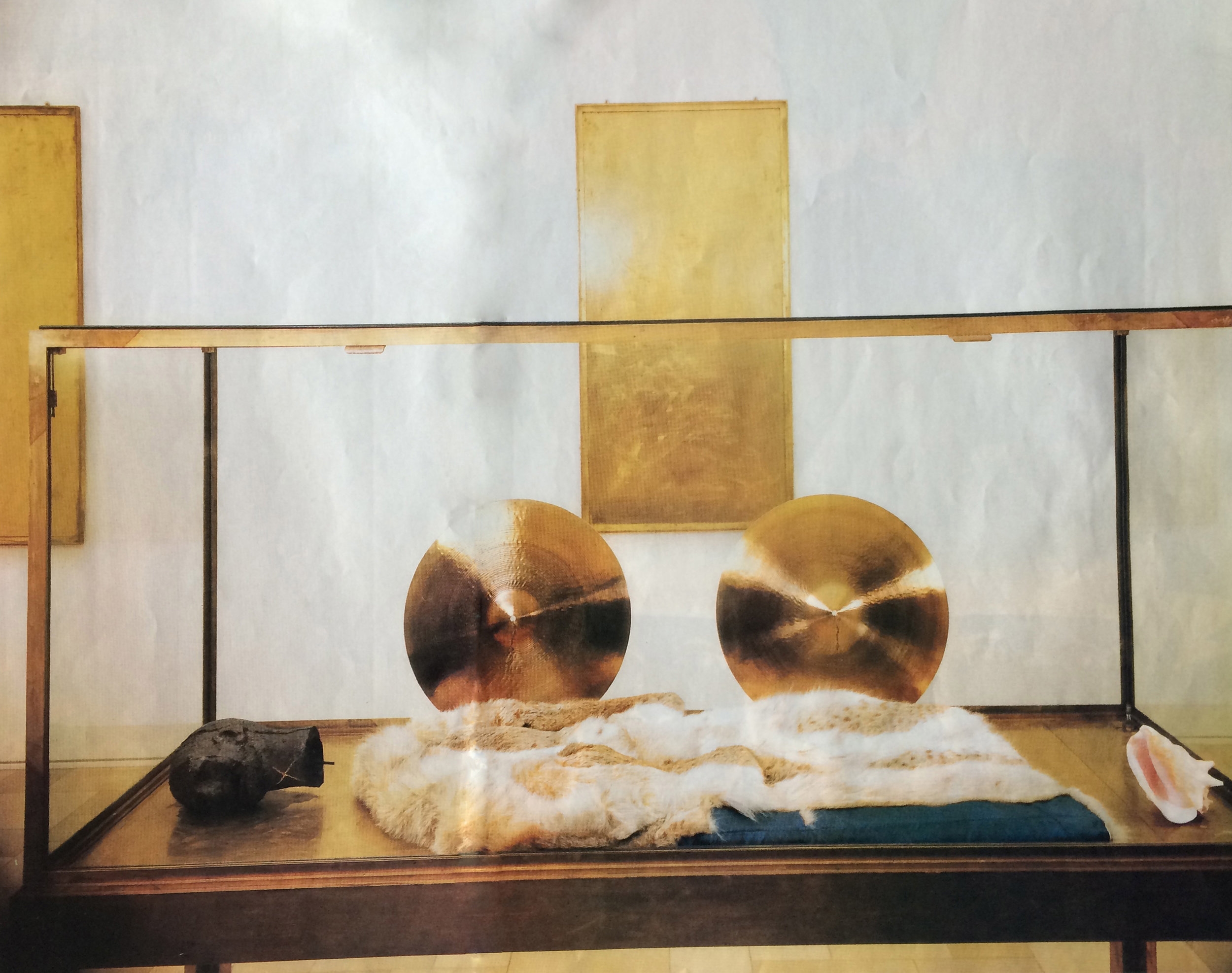
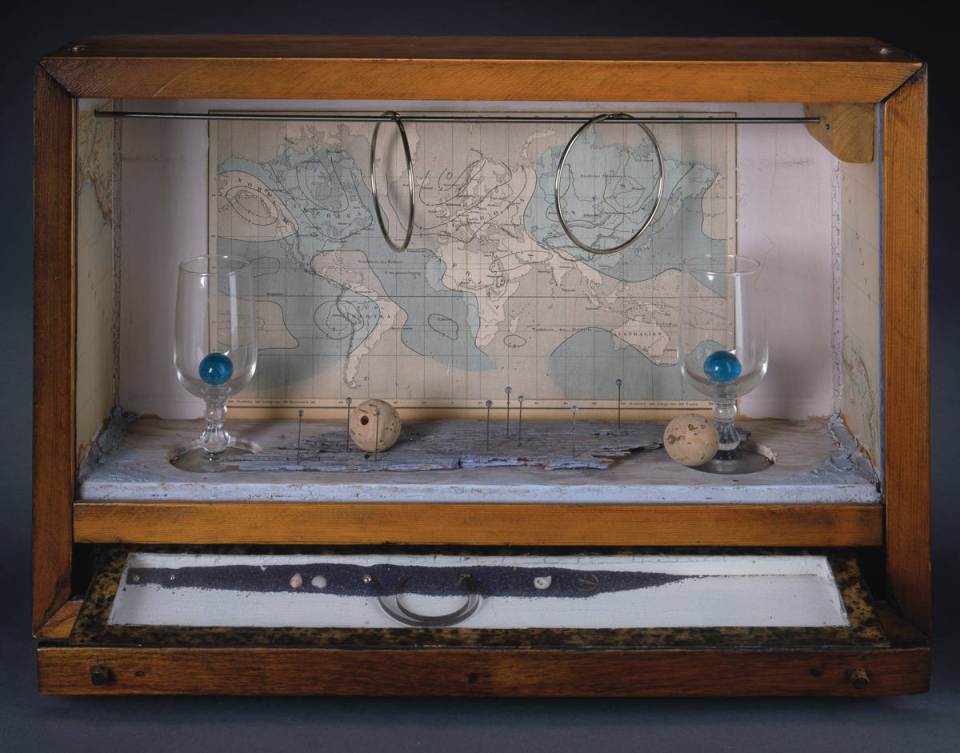
Joseph Beuys was an assemblage genius. Like Picasso he used his art as a catharsis from the unforgettable memories that haunted him for the rest of his life: the ravages of war.
Joseph Cornell was a reclusive artist living in Queens, NY. He took his inspiration from Duchamp. While Duchamp called his collection of found objects Readymades, Cornell collected found objects and made pristine assemblages with them.
~We too can reach into our environment to collect found objects. On our hikes, walking on the beach, meandering through the woods or even on a city street. Art is truly all around us and at our fingertips.
Andy Warhol started out as a talented graphic artist and window dresser. We can see an assemblage quality in his repetitive patterns. When his work went from the repetitive soup cans to sexy Marilyn shown below, I discovered he had a little help along the way. I visited the home of Brigid Berlin (a downstairs neighbor to my friend). Brigid showed me her treasures as well as her own artwork. Since I come from a strong silkscreen and stencil dyeing background, I immediately saw the connection and sensed she was the ‘brains’ behind the multi-colored silkscreen Warhol operation.
In her bedroom, when she showed me her homemade wallpaper I looked at her to say so but had a moment of hesitation. After the visit I did some poking around the internet only to find that Andy and Brigit did say she was doing his artwork. But just as soon as they had said it they quickly retracted it as his prices started to plummet as a result of the statement. She was a socialite and a woman so she neither needed the money nor would she get the notoriety he would as a man. She happily took a back seat in the front seat as his receptionist at Interview Magazine - obsessively doing her needlepoint on the “job”.
Richard Avadon The Beatles MoMA Exhibit From the Collection: 1960-1969
The photographer, Richard Avadon, in 1967 made an iconic lithograph using day glow and solarization of the Beatles for a set of posters that captures this psychedelic direction of the times.



